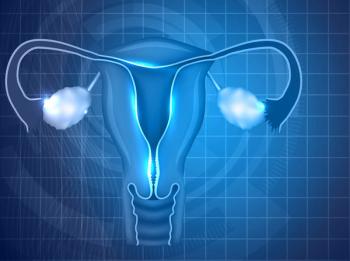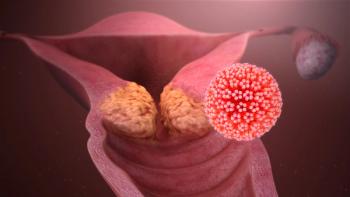
Oncology NEWS International
- Oncology NEWS International Vol 13 No 8
- Volume 13
- Issue 8
Is BEAM Regimen Augmentation Possible for Relapsed or Refractory Lymphoma?
The 14 reports in this special supplement discuss theuse of the cytoprotectant amifostine in patients withcancer of the head and neck, esophagus, lung, andcervix, as well as those with lymphoma and acutemyelogenous leukemia. Discussions focus on thepotential of this agent to both reduce radiation sideeffects such as xerostomia and permit doseescalation of chemotherapy and/or radiotherapy.Improvements in treatment outcome and quality oflife as a result of cytoprotection are examined.
ROCHESTER, NY-Currentstrategies using high-dose chemotherapy(HDC) and autologoushematopoietic stem cell transplantation(AHSCT) cure less than halfof in vivo patients with recurrentor resistant lymphoma, and drugresistance is the usual reason fortreatment failure. Attempts to increasethe dose of HDC/AHSCTregimens to address this problemhave been limited by regimen-relatedtoxicity (RRT) to variousorgans.Gordon L. Phillips II, MD, directorof the Blood and MarrowTransplant and Leukemia Program,Strong Health and James P.Wilmot Cancer Center, Rochester,New York and colleagues fromthe Medical College of Wisconsinare addressing this problem by assessingwhether the cytoprotectantamifostine (Ethyol) can reduceRRT to permit augmentation ofthe widely used BEAM (carmustine[BiCNU], etoposide (Ve-Pesid), ara-C [cytarabine; Cytosar-U], melphalan [Alkeran]) regimen."BEAM is the most widely usedHDC/AHSCT regimen for lymphoma,with acceptable nonrelapsemortality rates of less than 10%.[In BEAM, melphalan is given at140 mg/m2]. Toxicity is consid-ered acceptable if mortality ratesnot due to relapse are less than10%," Dr. Phillips said.Melphalan Dose Escalation
In other studies, single-agentmelphalan doses of 200 to 220 mg/m2 are the highest that can begiven-without cytoprotection-owing to mucosal RRT. Addingamifostine can permit increasedmelphalan doses of 280 mg/m2,Dr. Phillips said. "Thus, use of cytoprotectorsto minimize RRT ofexisting regimens might permitdose escalation, which might curemore patients."This concept is being tried in aphase I melphalan dose-escalationstudy using BEAM in whichmelphalan is escalated in 20mg/m2 increments in a cohortdesign. Amifostine was given at740 mg/m2 x 7.Dr. Phillips reported results forfour evaluable patients of thesix enrolled (four with non-Hodgkin's lymphoma, and twowith Hodgkin's lymphoma).ALL (acute lymphoblastic leukemia)engrafted and RRT was notnoted at the initial dose level; patientaccrual and dose escalationcontinues. "The need for multipledoses of amifostine was assumedbut is not proven," he said.The investigators concludedthat multiple-dose amifostine canbe given without severe problemsbut it is unclear if this reduces RRTbeyond the melphalan dose levelof 140 mg/m2.
Articles in this issue
over 21 years ago
Benefits of SLN Biopsy Upheld in Large Trialover 21 years ago
Gemcitabine/Taxol: Another New Standard in Metastatic Caover 21 years ago
Statins Cut Colon Ca Risk in Half in Retrospective Studyover 21 years ago
Breast Cancer Regimen Is Dose Dense, Dose IntenseNewsletter
Stay up to date on recent advances in the multidisciplinary approach to cancer.
















































































